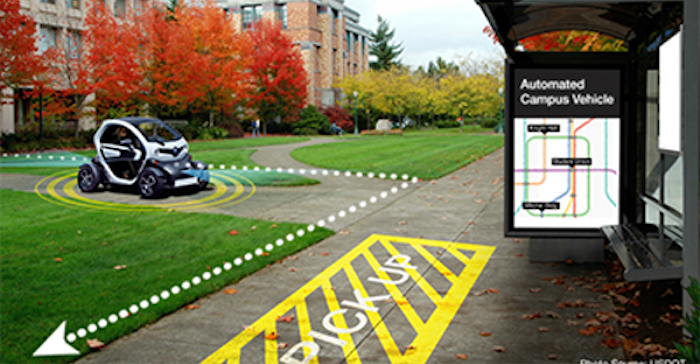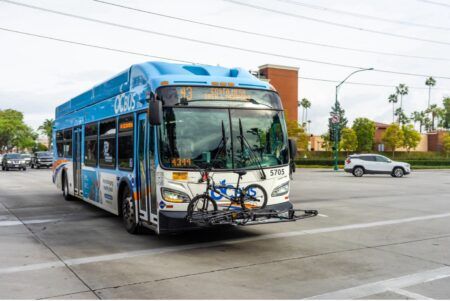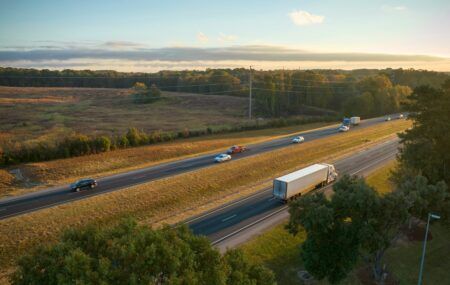Having previously focused its attention on self-driving cars, trucks and buses, the US Department of Transportation (USDOT) has now released a new report exploring the current state of the practice for a relatively new category of vehicles – low-speed automated shuttles.
While much of the agency’s approach has been on enabling the safe and successful integration of ‘normal’ autonomous vehicles on the country’s roads, recent years have seen a rise in manufacturers focusing exclusively on the development of nonconventional vehicle types and use cases.
To better understand this emerging area, USDOT has developed the new ‘Low-Speed Automated Shuttles: State of the Practice’ report. The study notes that low-speed automated shuttles have a lot in common with other automated vehicles, but there are a few distinct differences. The shuttles, for instance, are intended for completely driverless fully automated driving, usually within protected and less-complicated environments. They also are designed to go slower than other road vehicles, with speeds generally limited to 25mph (40km/h). In addition, the automated shuttles are intended for shared-service use, carrying multiple occupants, including unrestrained and standing passengers.
USDOT expects that this innovative form of shared public transportation will provide an alternative to current modes of travel across short distances. In offering a comprehensive review of the current world of low-speed automated shuttle technology, the report defines design and service characteristics, documents the current status of demonstrations and deployments, assesses market opportunities and limitations, identifies issues and challenges, discusses possible mitigation strategies, and provides recommendations for future research.
Key findings from the report include:
• There is substantial interest in low-speed automated shuttles, with a variety of stakeholders expressing interest in deploying vehicles, and many moving forward with pilots. Several pilots are currently operating these vehicles, and as deployers gain experience with them, they are exploring offering new or expanded services and operating in more complex environments;
• Although many of the low-speed automated shuttle models have good ‘fit and finish’ and well-packaged sensor suites, at this point, these vehicles are undergoing frequent hardware and software updates, and should still be considered prototypes. Many systems have somewhat limited technical capabilities and may require frequent intervention from an onboard attendant;
• Appropriate use cases for low-speed automated shuttles are still somewhat unclear. Although shuttle providers and other stakeholders have conceived of use cases, current technological constraints limit which use cases can be practically piloted. As a result, existing pilots typically do not fill substantial transportation gaps;
• Onboard attendants are currently used on every deployment, and the path to removing attendants is unclear, particularly in more complex operating environments or for services that take on passengers. For some use case concepts, removing the operator is a key element of the business model, as the labor cost of an onboard attendant may make the automated shuttle noncompetitive with other manned vehicle options.
The ultimate goals of the USDOT’s effort are to increase the successful deployment of relevant projects, ensure efficient use of public funds, improve awareness and consideration of universal design and accessibility, and inform agency engagement in this area.





